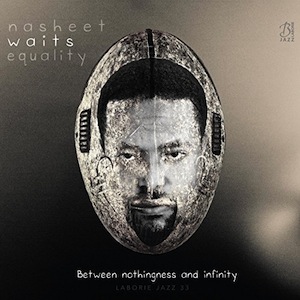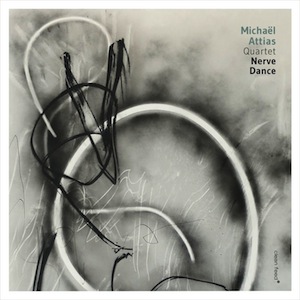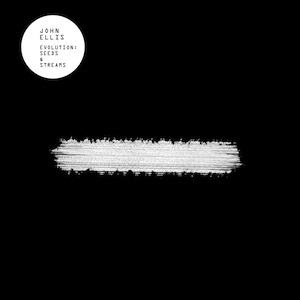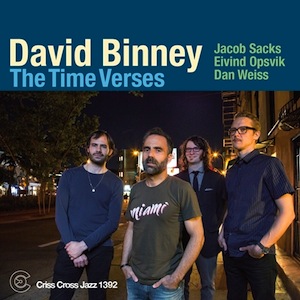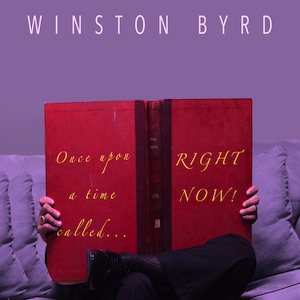Miles Okazaki: guitar; Craig Taborn: piano; Anthony Tidd: electric bass; Sean Rickman: drums.
Miles Okazaki, a Brooklyn-based guitarist/composer who boasts quirky melodic and harmonic drives in his modern compositions, is back with a new body of work released on Pi Recordings.
In his three previous releases, Okazaki resorted to creatives such as David Binney, Chris Potter, Dan Weiss, Miguel Zenon, and Thomas Morgan to craft his originals.
His fourth album, Trickster, exposes a new quartet with the inventive Craig Taborn on piano and Steve Coleman’s frequent rhythm partners - Anthony Tidd on electric bass and Sean Rickman on drums. By bringing their influences and flair, they helped to elevate the music, both in its written and improvised forms, and shape the various trickster figures (ancient archetypes in human folklore) that inspired the quartet’s leader.
“Kudzu”, the opening tune, gives a staggering first impression. Okazaki and Taborn deliver the theme statement simultaneously over a steady funky groove. The former exhibits disconcerting trills and tangled phrases while the latter allows the music to breathe by adopting a sparse accompaniment. He also improvises with suddenness and focus.
Inspired by the African deity Eshu, “Mischief” intertwines the Brazilian rhythm that comes out of the bandleader’s guitar with the funk groove created by Tidd and Rickman. Together, they pave the road for Taborn’s melodic runs.
At the sound of striking backbeats, “Box in a Box”, a relentless jazzified sort of reggae, flows elegantly, sustaining Okazaki’s in-and-out rambles. It diverges from “Eating Earth”, whose initial dismayed tones anchor in an easy-going rhythmic propulsion. From that moment on, Taborn takes the lead, coloring the picture with small, uncrowded units of melody that feel minimalistic and ethereal.
Both short in duration, “Black Bolt” and “The West” reveal distinct natures. The former is a wistfully optimistic exercise cooked with remarkable guitar-piano coordination, whereas the latter serves more as a showcase for the refined drumming of Rickman.
Favoring improvisation in the form of extensive breezy perambulations, “The Calendar” shows off the guitarist’s language’s impetus and lucidity, while “Caduceus” blossoms with groovy dialogues and crushing unisons and polyphonies.
With an underlying feel for mood and an insatiable appetency for unorthodox textures, Miles Okazaki shows all his musical instinct through an extroverted conversational facility.
Trickster, lying between the sonic universes of Steve Coleman and Henry Threadgill, results in elaborate layers of sound that intrigue and astound.
Grade A
Label: Pi Recordings, 2017
Favorite Tracks:
01 – Kudzu ► 07 – The Calendar ► 08 – Caduceus



